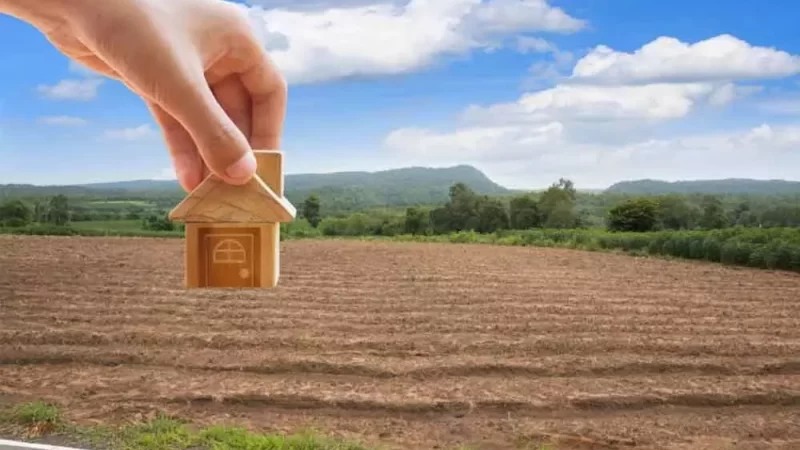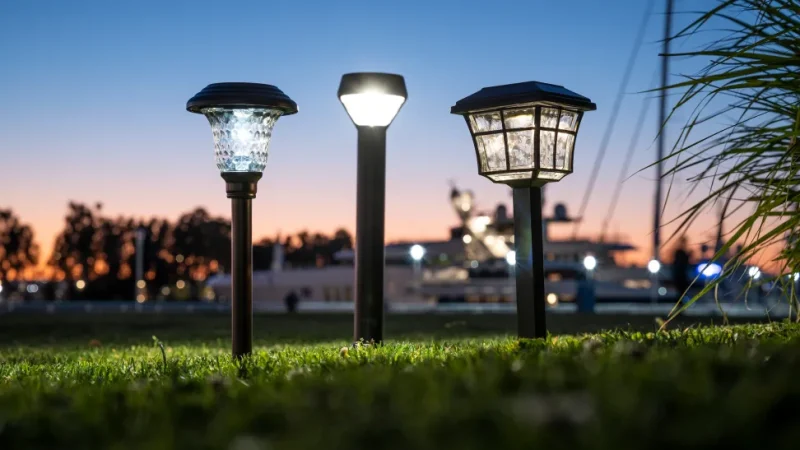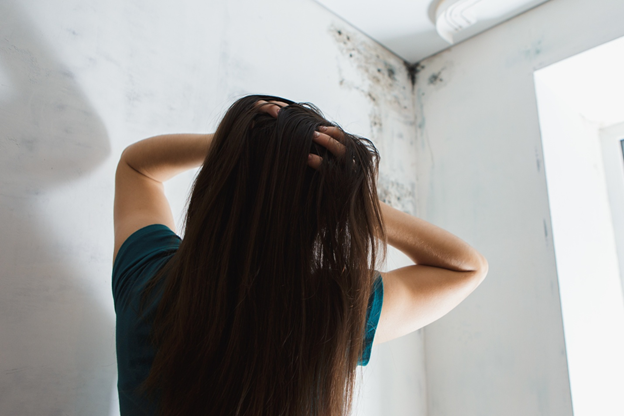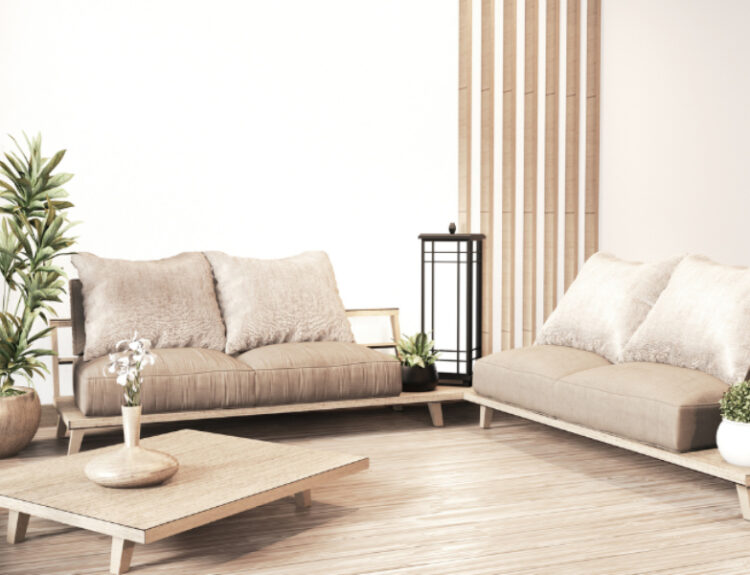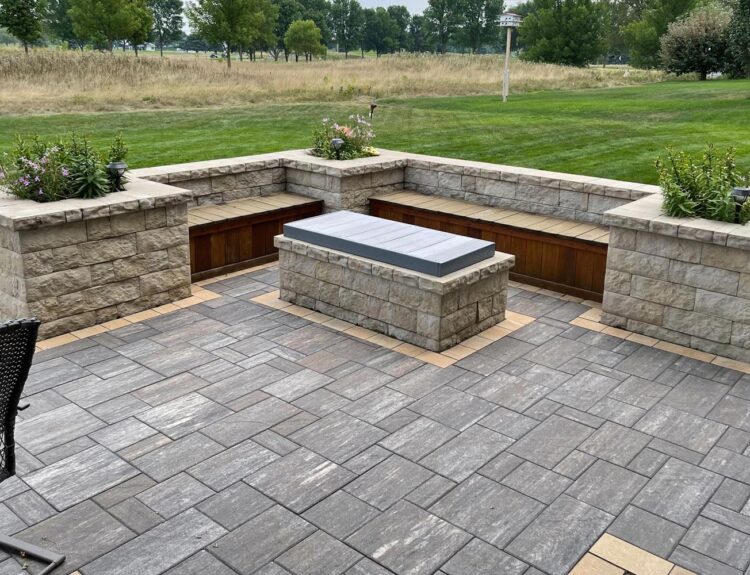About 70 percent of U.S. homes are infested with mold. Unfortunately, not everyone recognizes the signs, so they ignore them. However, if mold infestation goes unnoticed, it can lead to potential health problems.
Luckily, getting rid of mold does not have to be a headache. Before getting to that point, it’s vital to know whether you have this invasion or not. Keep reading to pinpoint the signs you have mold in your house.
Visibility
You may see mold growing on walls, ceilings, or other surfaces. It contains several colors, like black, white, green, or brown.
Mold in the wall can often look like black spots or stains. It can also appear like a fuzzy, hairy growth.
Health Problem
Several health problems have been linked to mold exposure. These include respiratory issues, like coughing or difficulty breathing. It can also lead to headaches, skin irritation, and fatigue.
In some cases, a mold infestation can lead to cancer. If you suspect that you may have mold in your home or office, remove it immediately.
Bubbly Walls
If you see what looks like bubbles on your walls, it could be a sign of mold. These vicious bubbles came from water vapor trapped behind the paint or wallpaper.
Water Damage
One of the most common causes of mold infestation is water damage. If there is a flood, a leaky roof, or any other water intrusion, it fosters growth. After all, mold loves warm, humid environments.
If the water damage is not cleaned up quickly and the area is not dried out, mold will likely grow. If you see any signs of growth, call for a water damage restoration service for help.
Musty Odor
One of the most common signs of mold is a musty odor. This is because mold releases spores into the air, which we would inhale. The musty odor is often described as being similar to damp, rotting wood or paper in water.
Warped Walls
When mold grows on the surface of the wall, it causes it to warp. This is because it needs moisture to grow, and when it gets into the walls, it can rot the wood.
AC Unite
Most people think that mold only grows on walls or ceilings, but it can also grow in your AC unit. This is mainly because the air conditioner contains a moist and humid environment.
When this happens, it can cause the unit to malfunction and release spores into the air. These spores get inhaled, leading to severe health problems.
How to Prevent Mold in Houses?
There are several ways to prevent mold from growing in your home. Here are some strategies to protect your place:
- Keep the humidity level low
- Ventilate damp areas such as kitchens and bathrooms
- Repair any leaks
- Clean up water spills
- Avoid carpeting in moist areas
If you see mold in your home, you should try to remove it as soon as possible. Mold can be removed with bleach, vinegar, or special cleaners.
Different Types of Mold
There are many different types of mold roaming around damp areas of your home. Here are the most common types:
Aspergillus
This mold is found in damp places, such as bathrooms or kitchens. It can cause severe respiratory problems, like pneumonia.
Cladosporium
This mold lives on decaying vegetation or in soil. It can cause skin irritation and respiratory issues.
Penicillium
If you have food that has been contaminated with water, then you will find this organism. It can cause severe allergic reactions if exposed for a long duration.
Stachybotrys
If you recently experienced a flood or leak, you are in trouble with this mold. It can cause severe skin problems and pneumonia.
Signs You Have Mold in Your House: What to Do?
Once you see the signs of mold in your home, it’s time to take action. You want to remove it as soon as possible. If not, it can cause pneumonia, allergic reaction, or skin irritation.
You can prevent mold by keeping the humidity level low and ventilating damp areas. You can remove it with bleach, vinegar, or special cleaners. For more insights, check out our blog posts for signs you have mold in your house.

